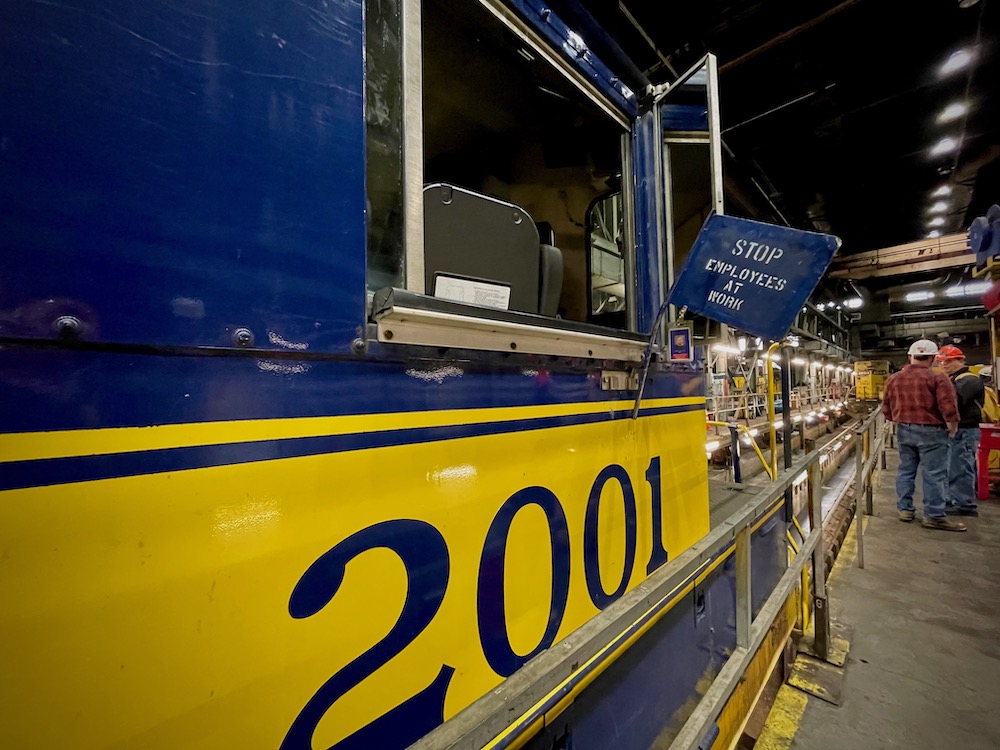
Blue flags protect workers. Here’s how they work. A major consideration in railroad operation is the maintenance that must be done on the rolling stock and track if freight and passengers are to be transported in a safe and timely manner. To maintain cars and locomotives, workers must get on, in between, and under them. […]
Read More…

What’s the difference between a four-stroke diesel engine and a two-stroke engine? It’s more than just a matter of numbers, as Vernon L. Smith explained in “Cycles and Cylinders,” in the May 1979 issue of Trains Magazine: A four-cycle engine requires four strokes of the piston, covering two revolutions of the crankshaft, to complete one […]
Read More…
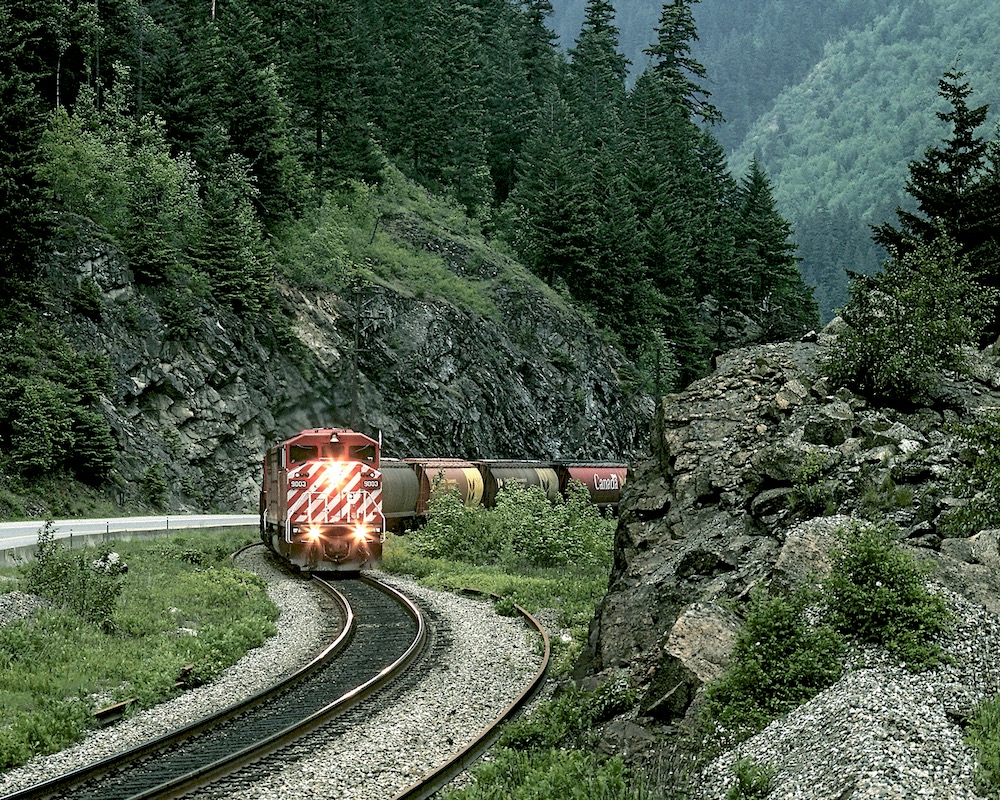
It’s strange but true: Diesel-electric locomotives have streetcar roots. With diesel locomotives rapidly replacing steam locomotives in the years after World War II, it’s easy to imagine diesels as a natural evolution of the steam locomotive. The fact is, there was almost no transfer of technology. The melodious steam whistle was replaced by a blaring […]
Read More…
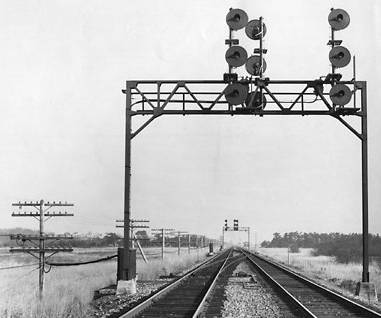
There is more to understanding railroad wayside signals than simply “green means go, red means stop.” To appreciate what the signals you see along the track are telling you, you first have to grasp a few basic concepts. Railroad traffic control boils down to three situations: trains running in the same direction on the same […]
Read More…
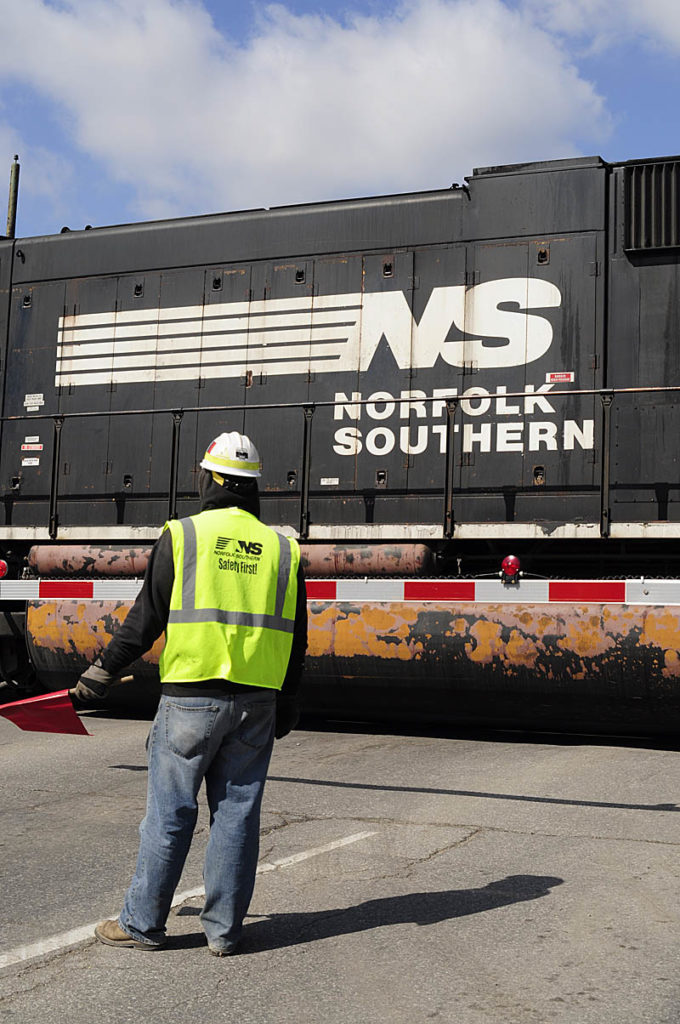
The people who work on trains have a variety of jobs. A Norfolk Southern flagman inspects a train near Marion, Ohio. Dale A. DeVene Jr. The people who work on trains have a variety of jobs. Each member of a train crew has a specific function. Since train crews do most of their work beyond […]
Read More…
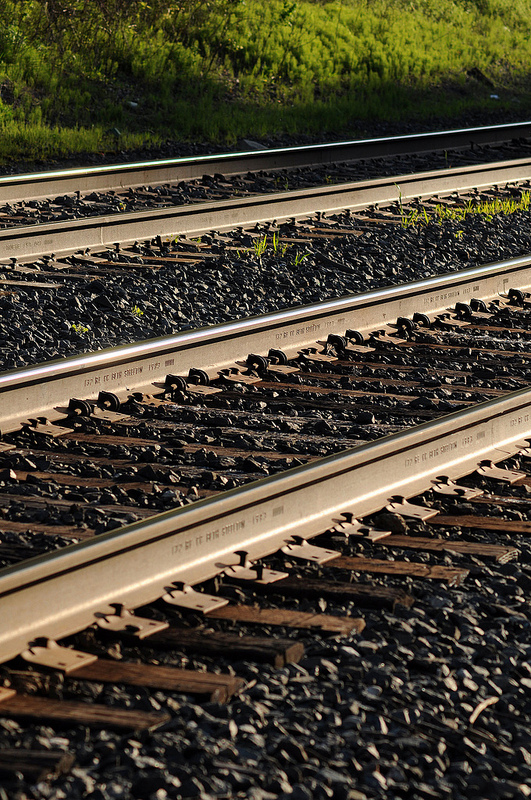
Track classifications are among the most basic — and essential — operating considerations in railroading, and an army of workers keep watch over the rails. You’ve seen them out there nearly every day in their hi-rail trucks, motoring quietly up and down the main and not-so-main lines of America. Perhaps you’ve waited for them to […]
Read More…
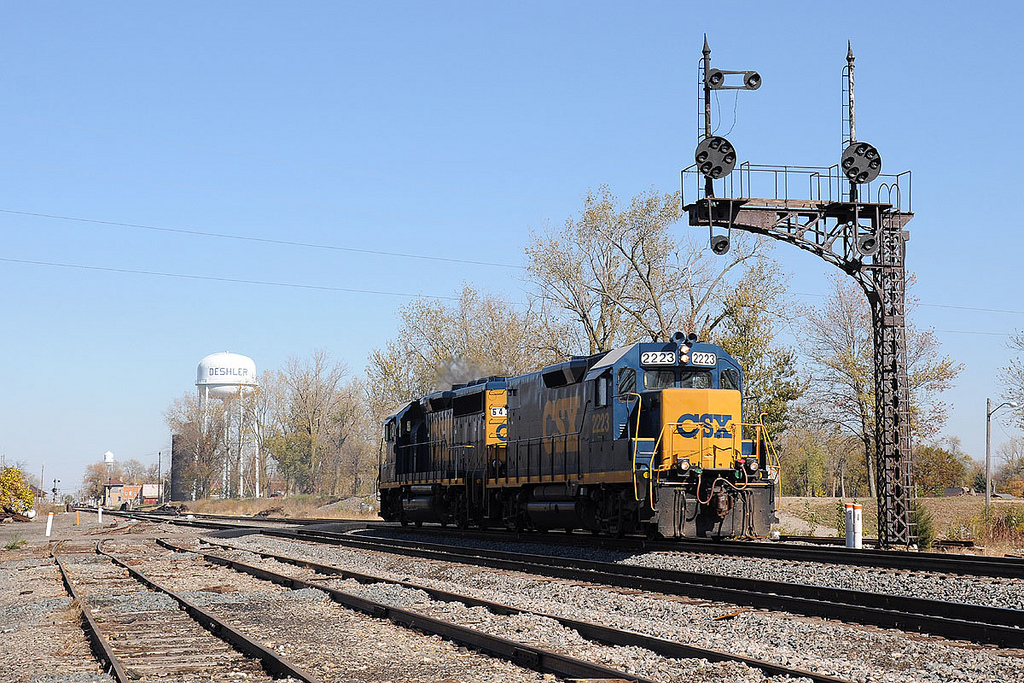
Slugs What are slugs, what do they do You’re at trackside, eyeing an approaching CSX train. The roar of working diesels increases, but it’s oddly distant, given that the engines are so close. The lead unit grinds by, eerily silent but for the humming of its traction motors, followed by two others making all the […]
Read More…
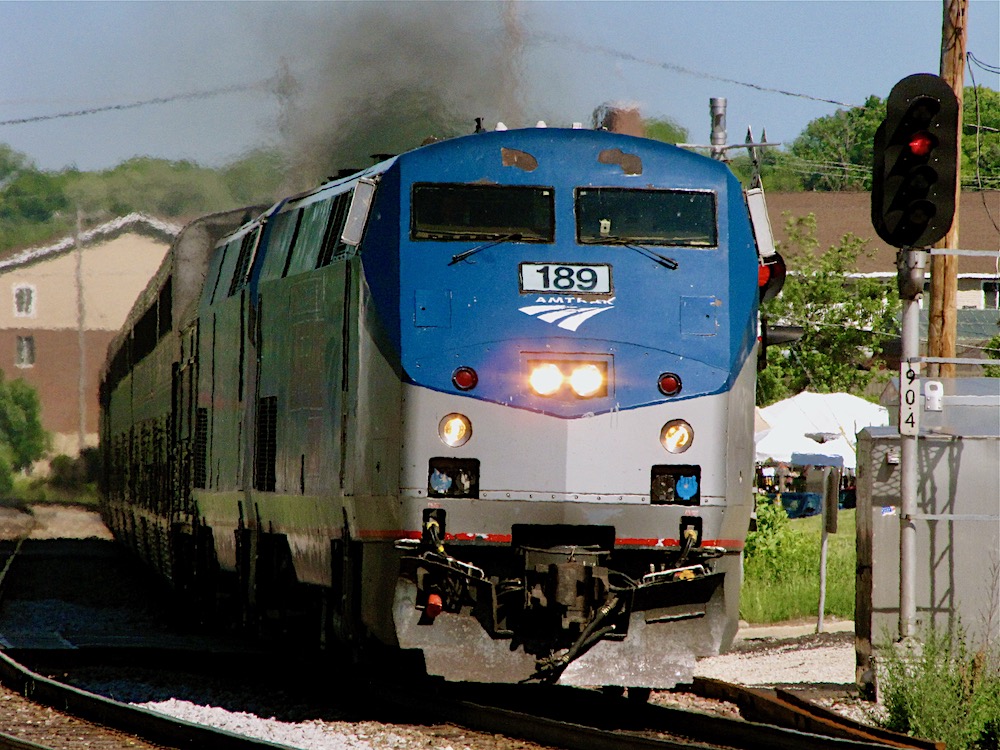
Head-end power: Dinner is about to arrive at table 7 in the Southwest Chief’s Superliner dining car. Outside, the late afternoon sun illuminates exhaust blasting skyward as the locomotives up front struggle to maintain speed up the more than 3% grade leading to the top of Raton Pass in New Mexico. Downstairs in the kitchen, […]
Read More…
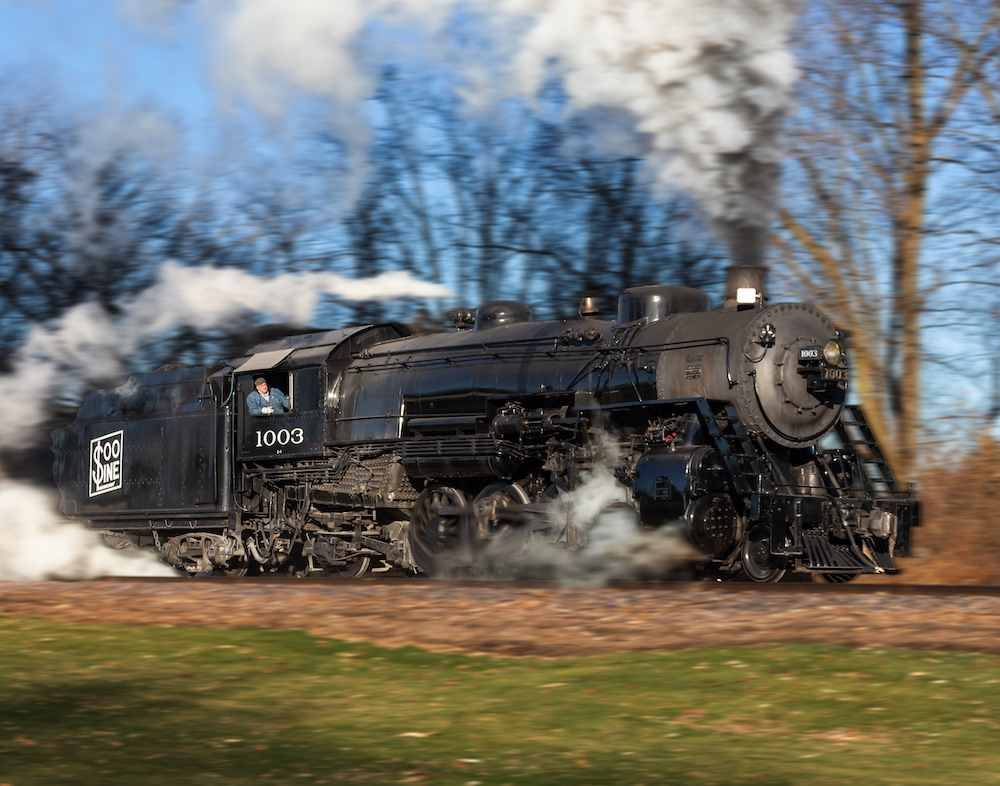
Locomotives are the power of railroading and the industries’ most potent and popular symbols. The major types that have been used in North America are steam (now confined to museums, tourist lines, and the occasional excursion), diesel-electric (the standard of the industry), and straight electric (always a tiny minority). Steam locomotives burn coal, oil, or […]
Read More…
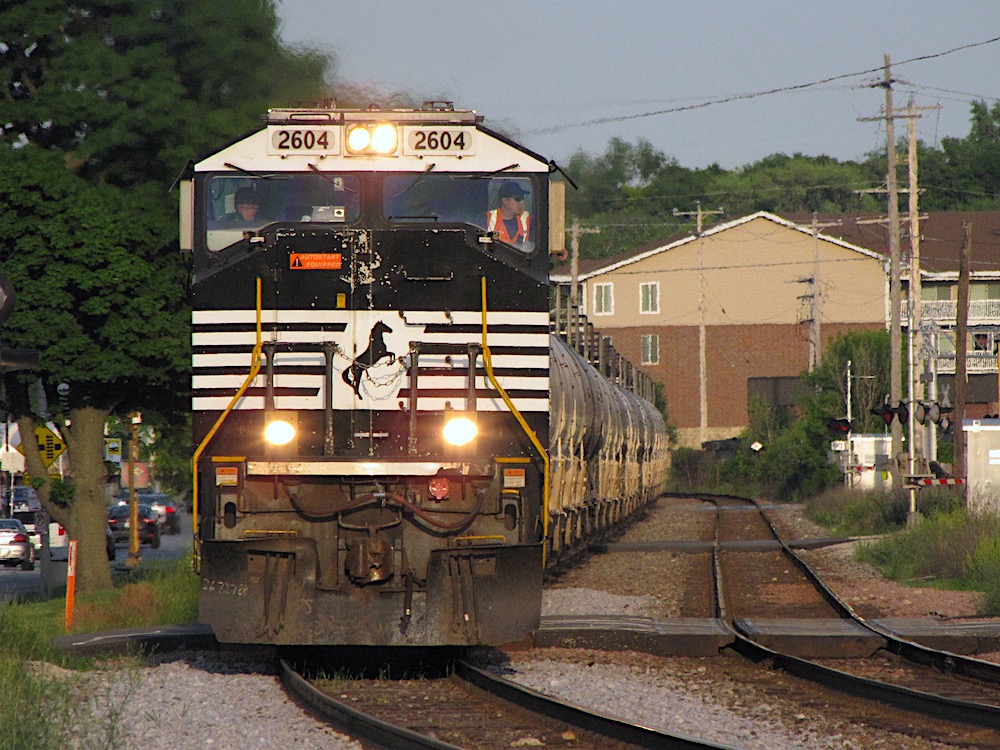
Railroaders, and railfans, are always talking about engines: How many engines were on that train? Don’t those new engines look good (or bad)? Did you get the number of that engine? So, what’s the difference between a locomotive and an engine? We use both terms to describe the most compelling element of railroading: the machines […]
Read More…
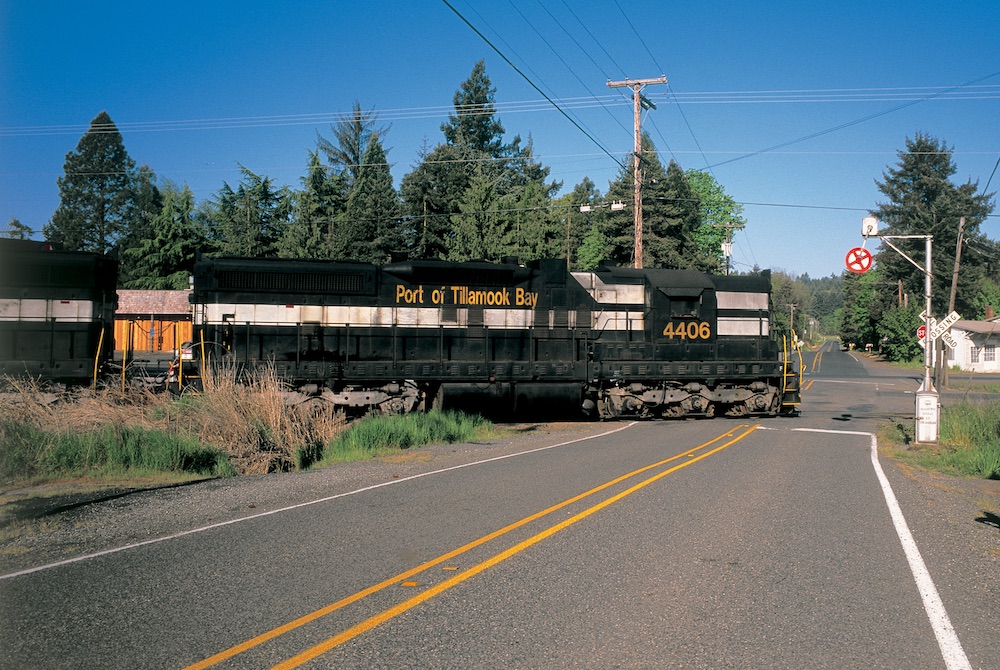
Diesel locomotives today generally have either two- or three-axle trucks, a wheel arrangement called B-B and C-C. The B-B wheel arrangement indicates a two-axle truck with both axles powered, while C-C means a truck with three powered axles. This naming convention uses letters for powered axles and numerals for non-powered “idler” axles — found on older […]
Read More…
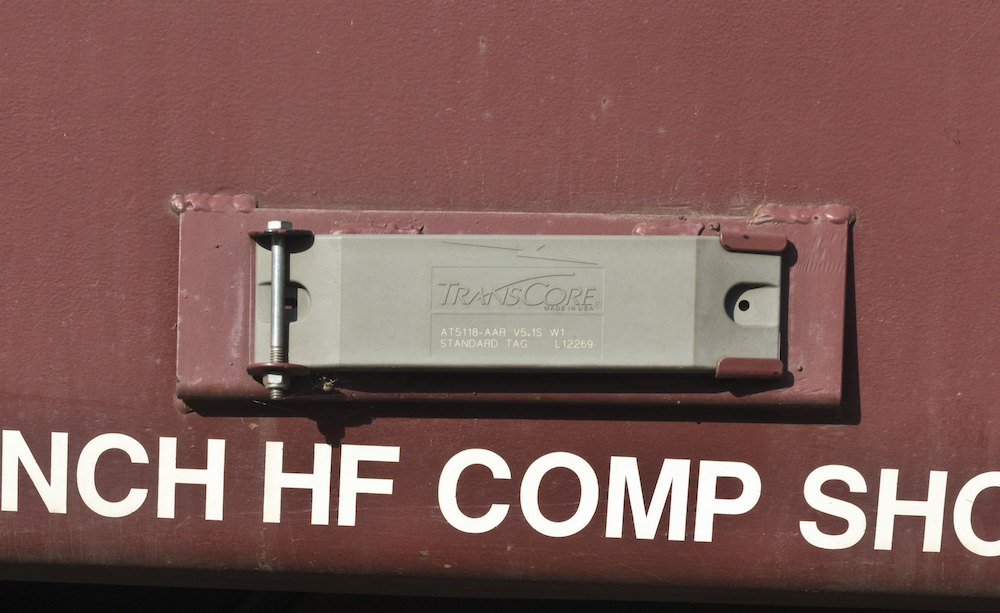
AEI data tags and readers enable rail cars to be tracked as they move across the North American rail system. The AEI (Automatic Equipment Identification) system consists of passive tags mounted on each side of rolling stock and active trackside readers. The system uses radio frequency and replaces an unsuccessful older optically-based car tracking system […]
Read More…












